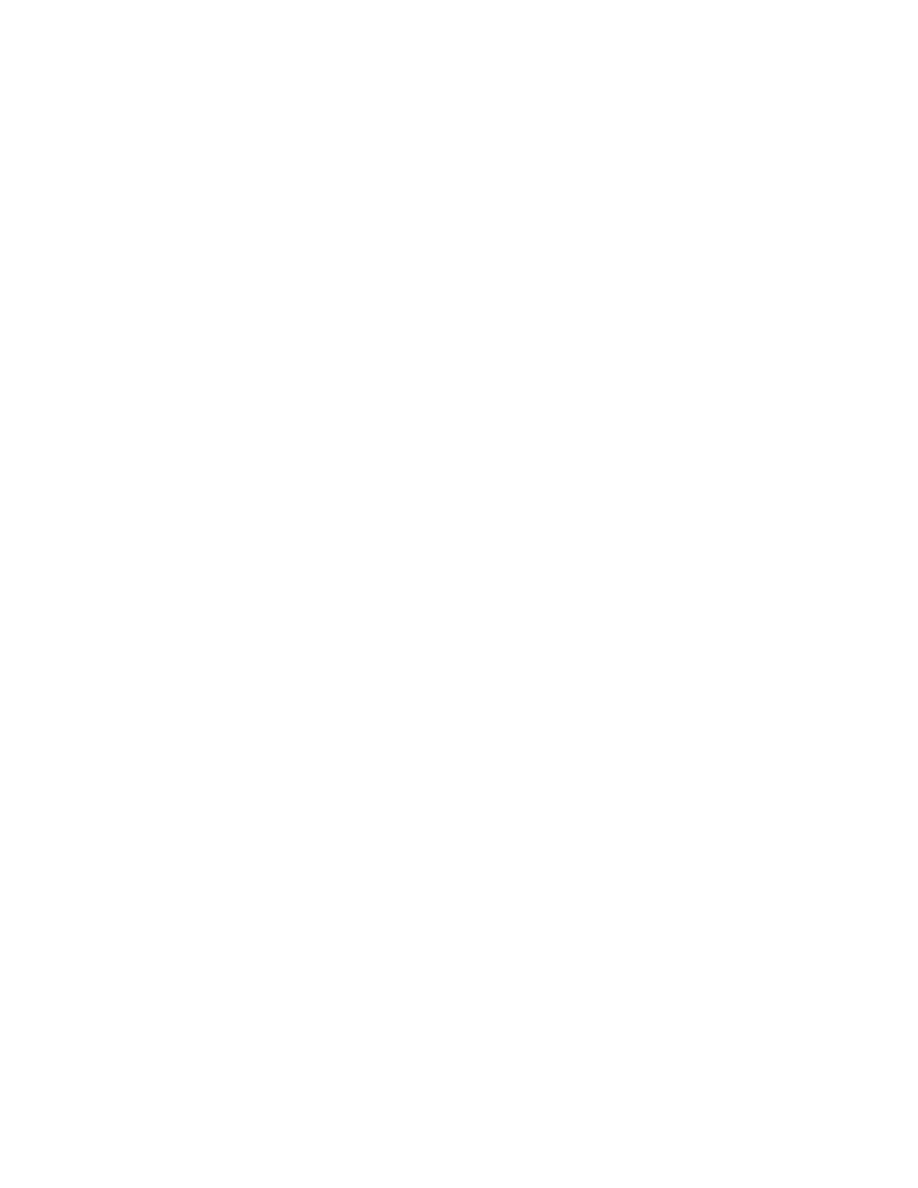Cruze L4-1.4L Turbo (2011)

‹› If not within the specified range, replace the fuel injector.
*
If the ECT sensor is not between 10-32°C (50-90°F), measure and record the resistance of each fuel injector with a DMM. Subtract the lowest
resistance value from the highest resistance value. The difference between the two should be equal to or less than 3 ohm.
‹› If the difference is equal to or less than 3 ohm, refer to Fuel Pressure Test for further diagnosis of the fuel injectors.
‹› If the difference is more than 3 ohm, add all of the fuel injector resistance values to obtain a total resistance value. Divide the total resistance
value by the number of fuel injectors to obtain an average resistance value. Subtract the lowest individual fuel injector resistance value from
the average resistance value. Compute the difference between the highest individual fuel injector resistance value and the average resistance
value. Replace the fuel injector that displays the greatest difference above or below the average.
Fuel Pressure Test
Note:
*
DO NOT perform this test if the engine coolant temperature (ECT) is above 94°C (201°F). Irregular fuel pressure readings may result due to
hot soak fuel boiling.
*
Verify that adequate fuel is in the fuel tank before proceeding with this diagnostic.
*
Before proceeding with this test review the User Manual CH 48027-5 for Safety Information and Instructions.
1. Install a fuel pressure gauge. Refer to Fuel Pressure Measurement (See: Fuel Pressure/Testing and Inspection/Fuel Pressure Measurement).
2. Turn ON the ignition, with the engine OFF.
Note:
*
The fuel pump relay may need to be commanded ON a few times in order to obtain the highest possible fuel pressure.
*
DO NOT start the engine.
3. Command the fuel pump relay ON with a scan tool.
4. Observe the fuel pressure gauge with the fuel pump relay commanded ON. The fuel pressure should be 345-414 kPa (50-60 PSI).
‹› If the fuel pressure is not 345-414 kPa (50-60 PSI), refer to Fuel System Diagnosis (See: Computers and Control Systems/Testing and
Inspection/Component Tests and General Diagnostics/Fuel System Diagnosis).
5. Monitor the fuel pressure gauge for five minutes. The fuel pressure should not decrease more than 34 kPa (5 PSI).
‹› If the fuel pressure decreases more than 34 kPa (5 PSI), refer to Fuel System Diagnosis (See: Computers and Control Systems/Testing and
Inspection/Component Tests and General Diagnostics/Fuel System Diagnosis).
Repair Instructions
Perform the Diagnostic Repair Verification (See: Computers and Control Systems/Testing and Inspection/Diagnostic Trouble Code Tests and
Associated Procedures/Verification Tests and Procedures) after completing the diagnostic procedure.
Fuel Injector Replacement (See: Service and Repair)
